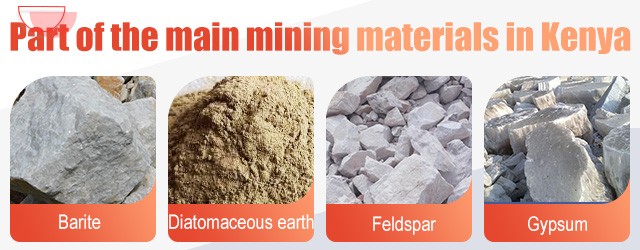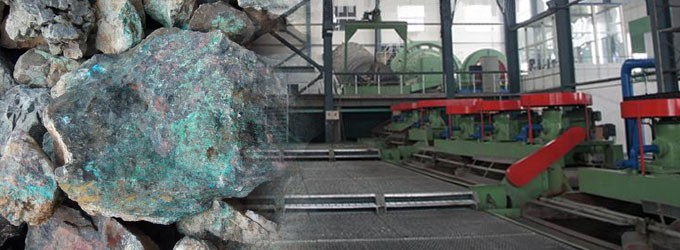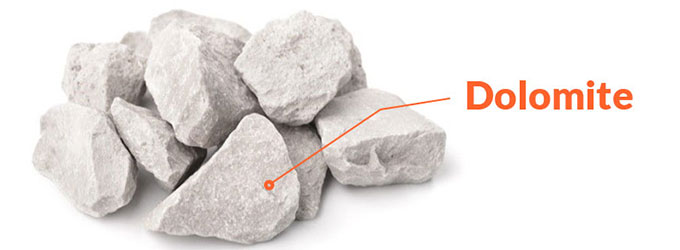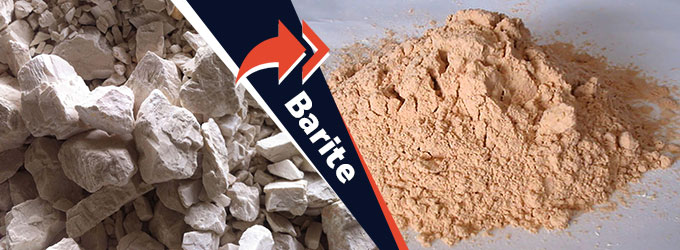Many investors think it is unwise to invest in Kenya's mining industry due to Kenya's backward mining technology and haphazard legal system.
Is that true?
Today, we will discuss whether it is promising to invest in Kenya's mining industry in 2021 from the perspective of Kenya's mineral resources, mining exploitation and mining laws.
Kenya is located in Eastern Africa between Tanzania and Somalia. The total area of the country is 581,309 km2 and has a population of roughly 48 million. Kenya's climate varies from tropical along the coast to arid in the interior regions. The GDP of the country was $95.50 billion in 2019.
Kenya's language: Swahili is the national language, Swahili and English are both official languages.
Kenya's religion: 45% of the people in the country believe in Protestant Christianity, 33% believe in Catholicism, 10% believe in Islam, and the rest believe in primitive religions and Hinduism.
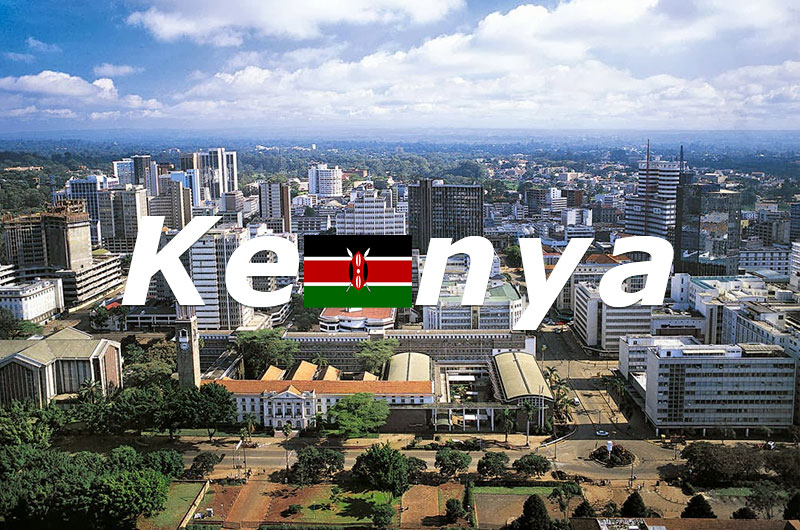
Mineral resources and their exploitation situation in Kenya
1.1 Rich mineral resources in Kenya
Mineral resources in Kenya include soda ash, salt, fluorite (fluorspar), limestone, barite, gold, silver, copper, aluminum, zinc, titanium, niobium, thorium, and rare earth, etc.
The minerals that have been developed are
mainly distributed in southern Kenya and the coastal areas of Kenya. In recent
years, resources such as large gold mines, coal mines, rare earth and titanium
mines have been discovered in the western and eastern regions of Kenya.
Gold mining in Kenya
There are many gold deposits in Kenya with large reserves, but there is no exact reserve data yet. The known gold resources are mainly distributed in the Nyanza Province and Kakamega, Vihija, Migori, Demara, Bondo, Char, Poquete and Turkana, and Nadi.
Titanium mining in Kenya
Kenya, as the world's fifth-largest
reserves of titanium ore, is also very rich in titanium ore resources and
production.
Tiomin Resources Inc, a Canadian mining
company, discovered a large number of titanium deposits in the coastal areas of
Kenya. An early assessment of Kenya’s mineral potential showed that the mineral
reserves of the two titanium deposits in the Kwale mining area are 140.8
million tons, with an annual output of 77,000 tons of rutile, 38 thousand tons
of zircon and 330,000 tons of ilmenite.
Iron mining in Kenya
Kenya’s iron ore deposits are mainly
distributed in Taveta, Meru, Kituyi, and Kilifi. Some iron ore deposits are
also located in Mamante in the Greater Taraka region, Cekulu and Kituyi
counties in Mwenji County. Ikuza, Kishowa in Tatavita County, Isara in Mbere
County, Baragoi in Samburu County, and Bukura in the southwest of Kakamega.
The largest iron deposit in Kenya has been
discovered in the Kakamega area. The main minerals are pyrite and pyrrhotite,
and the associated minerals are chalcopyrite and sphalerite. It is estimated
that the ore reserves of the deposit are about 17 million tons and the depth is
90m.
Gemstone mining in Kenya
Being located in the Mozambique Belt, also
known as the East African Gem Belt, Kenya has abundant gem resources. The
Taveta area in southern Kenya is a group of gem mines. At present, the
large-scale mines are garnet mines and ruby mines. Emeralds have not been
discovered in Kenya, but emeralds have been found in neighboring Ethiopia in
northern Ethiopia and southern Tanzania, which indicates that Kenya may become
another emerald-producing area.
Manganese mining and Copper mining in
Kenya
The output of manganese ore in Kenya is not
high. The manganese deposit with enormous development potential is the
manganese ore deposit located between Mombasa and Malindi. Other manganese
mines are mainly distributed in Kilifi, Samburu, Taveta and other areas.
At present, the largest copper mine discovered in Kenya is located in the Matu-Kitui area. The thickness of the ore deposits is stable, and the copper grade is between 1.0% and 7.5%. It is roughly estimated that the copper resources of this copper mine are 1 million Ton and above, reaching the scale of a large copper deposit.
Oli and gas in Kenya
Kenya's oil exploration began in the 1950s, and the first oil well began to be drilled in 1960. In 1986, Kenya revised its petroleum exploration and production legislation to provide appropriate incentives and flexibility to attract international exploration investment in the country. In 2012, the British Tullow Petroleum Company (Tullow) discovered oil resources in the Lokica Basin in Turkana, northwestern Kenya, with preliminary proven oil reserves of 750 million barrels; subsequently in the Mandela Basin in northeastern Kenya Oil was also discovered, with preliminary proven oil reserves of 200 million barrels; British Natural Gas Company discovered both oil and natural gas resources in the Lamu offshore block in Kenya.
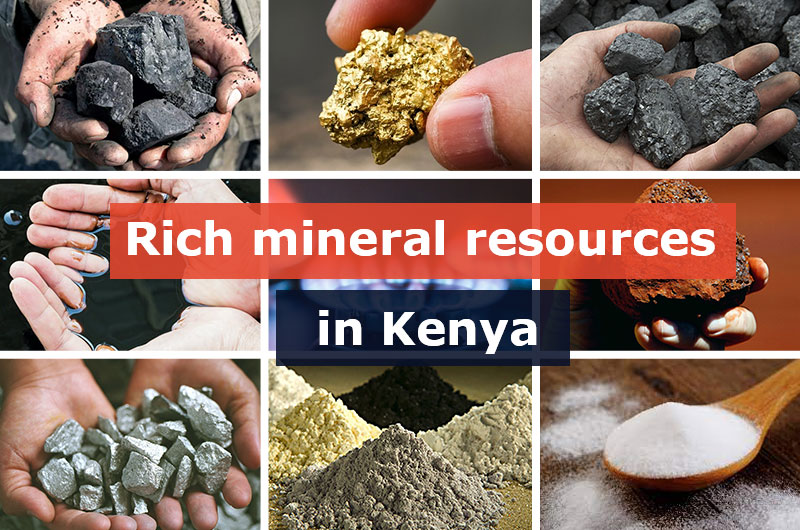
The discovery of mineral resources enabled this country, which originally relied on agriculture and tourism as the pillars of economic development, to become a mineral resource-rich country in just a few years.
According to Monica Gichuhi of the Kenya Chamber of Mines, Kenya is emerging as a new and active player in the mining industry. "We have deposits of titanium and oil in Turkana, making Kenya a place to invest in," she said in a press interview.
1.2 Present exploitation of mineral resources in Kenya
On the whole, Kenya's geological exploration is still inadequate, and the overall and regional geological survey lacks systematic research. The mineral resource exploration is relatively lagging.
Since 2001, Kenya's budget for mineral resource exploration has continued to increase. In March 2013, Kenya established the Ministry of Mining. The ministry is tasked with undertaking mineral exploration, making mining sector policy, creating mineral resource inventories and maps, and overall sector development. In 2016, the Ministry announced an airborne survey to improve the availability of geodata.
Most of the large-scale mineral deposits in Kenya are controlled by foreign mining companies, such as the gold mine in Migori, ilmenite mines in Kwale and Kilifi. The scale of state-owned and private mines is small. At present, in addition to the large-scale development of mineral resources such as gold, gemstones, and ilmenite, there are still many mineral resources that have not been effectively exploited and utilized.
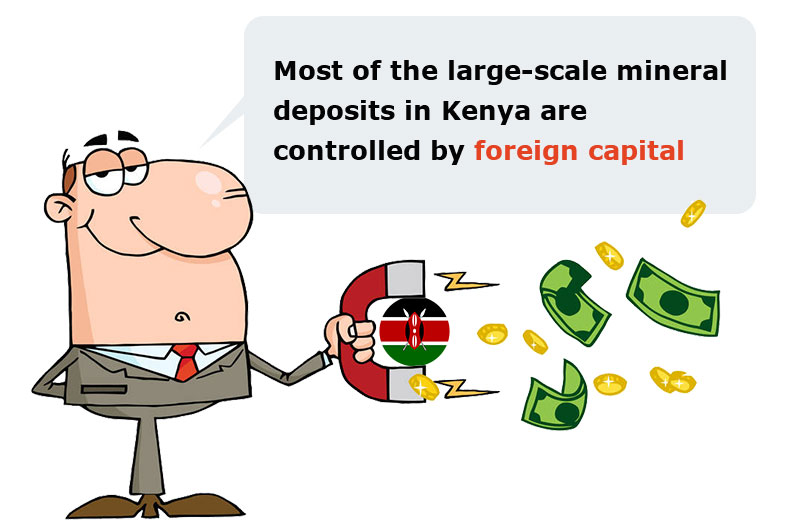
2 Analysis of mining investment environment in Kenya
2.1 Favorable factors for investing in Kenya's mining sector
Kenya's economy is relatively stable, the middle-class population is growing rapidly, and the domestic market is expanding steadily.
Kenya is the transportation hub and gateway of East Africa. Investment in Kenya can also radiate to the landlocked countries of East Africa with the advancement of East African regional integration, which is conducive to the development of the entire East African market.
Now, Kenya has become the second-largest country attracting foreign investment in Africa. In the long run, Kenya will rank at the forefront in governance and economic diversification, infrastructure, human resource development, logistics. Therefore, foreign capital has the dual advantages of resource exploration and absorbing foreign capital in the mining sector in Kenya.
Kenya is actively implementing Vision 2030's Medium Term Plan to promote national economic development and regional integration by increasing the scale of its infrastructure construction. Therefore, the Kenyan government is increasing investment in infrastructure such as highway construction and taking it as a crucial part of its economic development strategy.
2.2 Unfavorable factors for investing in Kenya's mining sector
Kenya's law stipulates that the minimum amount of foreign direct investment is $ 100,000, which is too high, causing some obstacles to the entry of foreign capital.
In terms of Taxation, business scope, enterprise ownership, and land, Kenya has stipulated different treatment standards for foreign capital from domestic capital and set many business restrictions on foreign capital.
3 Guide to mining investment in Kenya
3.1 Protect the environment and care for animals
Kenya attaches great importance to environmental protection. The government has professional inspectors to monitor the implementation of environmental protection by enterprises. Once a company is found to have violated regulations, it will not only be punished under the law but may also be exposed to the media.
If someone hurts an animal in a Kenyan animal sanctuary, the animal police have the right to kill him on the spot.
So we must fully consider environmental factors, strictly abide by Kenya's environmental protection laws and regulations, and consciously do a good job in environmental protection.
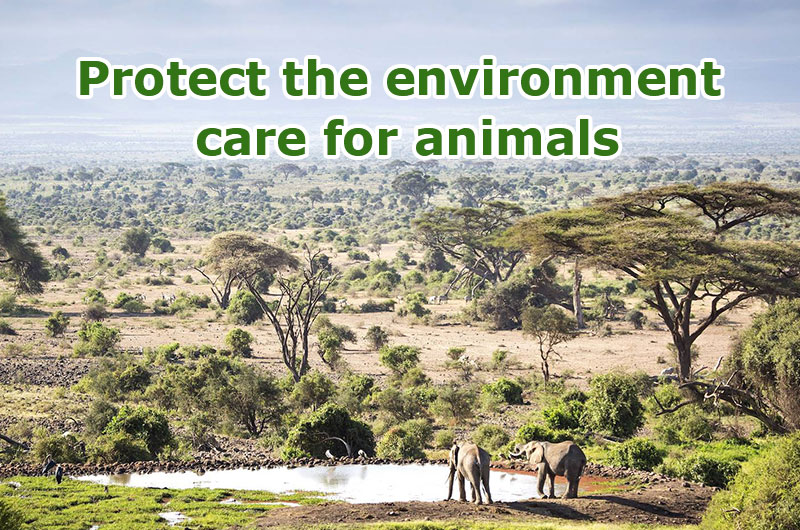
3.2 Undertake social responsibility and establish a good corporate image
Among the three interests of enterprises, the government and the people, the Kenyan government lays a lot of emphasis on public interest, stipulating that mining companies must fulfill their social responsibilities and repay the local society.
Therefore, mining investors should take the initiative to assume social responsibilities, such as providing local employment opportunities and often participating in local public welfare activities.
In addition, the Kenyan government restricts the entry of non-technical labor workers into Kenya and implements a strict work permit system. Therefore, mining investors should provide more technical training to local employees.
Mining investors must strictly abide by contracts to improve corporate reputation. The Kenyan government's projects and projects funded by international organizations are rarely in arrears with construction payments for no reason.
3.3 Study mining and mineral policies in Kenya
Kenya's important investment laws include the Foreign Investment Protection Act, the Trade Licensing Act, and the Investment Promotion Act. These acts stipulate the rights and obligations of foreign investors, specific procedures for investment, application for investment permits, investment management departments, and Incentive mechanism, etc.
For the mining sector, investors should carefully study The Mining Act, The Mining Bill, Environmental Management and Coordination Act, Transport Licensing Act, Land Control Act, Water Act, and so on.
For the investment management system, investors should focus on the mining market access, foreign exchange and foreign capital protection, and the tax system for mineral resources exploitation. For example, in August 2013, the Ministry of Mining of Kenya increased the fee for licenses and other activities related to prospecting and mining, and correspondingly increased the gross sales tax of gold, rare earth, niobium, and titanium ores.
3.4 Investigate, analyze and assess related risks beforehand
Before choosing a mining investment project, investors should combine their advantages, carefully analyze Kenya's resources and market, learn about various aspects of Kenya's policies and regulations, market conditions, transportation service facilities, and even customs and etiquette.
Do a good job in the pre-investment feasibility study, draw up a positive and stable development plan to avoid investment risks, and expand project returns as much as possible.4 The impact of Kenya’s Mining Act 2016 on investors
Before the promulgation of the current new Mining Act (2016 edition), Kenyan mining activities have always complied with the old "Mining Act" (Cha. 306), promulgated in 1940). The new law regulates all mining activities in Kenya and establishes a new legal framework for the management of mineral resources in Kenya.
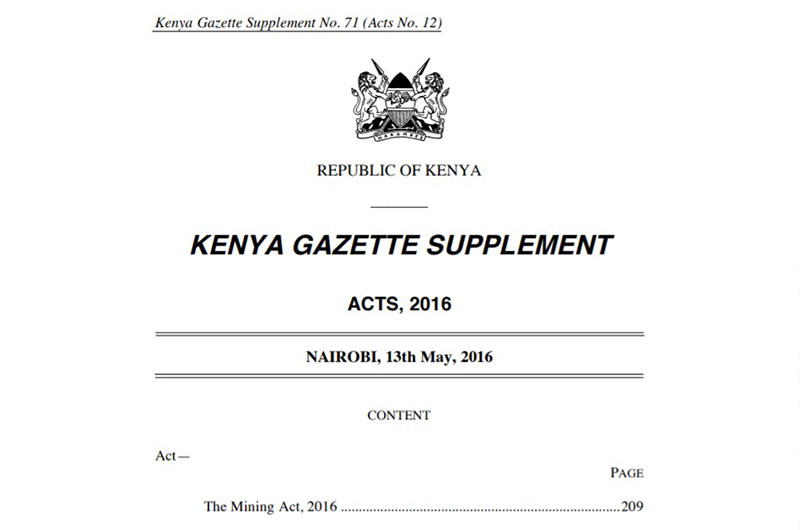
The impact of the new law on investors is as follows:
4.1 Localization
Localization is the first issue to be faced in investing in Africa, and the mining sector sets stricter requirements.
4.2 Local shareholding
The state participates in shares and does not pay the consideration. Kenya requires 10% of the shares to be nationalized free of charge. After operating expenses reach the limit set by the Cabinet minister, 20% of the shares will enter the local property rights exchange market.
4.3 Recruitment of local staff
Localization of employment requires the training of local workers. Although there are no specific requirements, it makes law enforcement is more arbitrary and increases the employment risks of investors.
4.4 Direct management of the Mining Ministry
The Mining Ministry's direct control of large-scale mining of mineral deposits will put investors in a power struggle between the local government and the Mining Ministry, making it more difficult to deal with government relations.
4.5 Mining court
The establishment of the mining court means that disputes can only be resolved in court, and arbitration in the investment agreement will become impossible.
4.6 Ownership of private land rights
Note that mining on private land requires the consent of the landowner. When signing an investment agreement, you must first review the nature of the land, find the real landowner and obtain consent. Ignoring this detail may lead to investment failure.
4.7 Backward network conditions
The requirements of electronic office work and the backwardness of network communication in Kenya have made it more troublesome for investors to handle relevant documents. In actual operations, there must be advances to avoid unnecessary troubles caused by expired certificates.
5 The key institutions of Kenya’s mining industry
| INSTITUTION | ROLE |
| Ministry of Environment, Water and Natural Resources | • Its mandate is to develop policy and provide direction in the sustainable use of natural resources, water, and environment to secure the livelihoods of Kenyan citizens. The environmental policies have the goal of minimizing the impacts of the mining activities. |
| The National Environmental Management Authority |
• Through the National Environmental Management Authority (NEMA), the government implements environmental management and the conduct of all audit and monitoring activity. • Mining prospecting and processing activities and related projects must undergo environmental impact assessment (EIA), environmental audit and monitoring continually. These activities are coordinated by NEMA as per the Environmental Management and Coordination Act 1999 (EMCA) and a subsidiary legislation, the Environmental Impact Assessment and Audit Regulations (EIAAR) 2003. |
| The National Treasury |
• The National Treasury has a mandate to formulate finance and economic policy among other critical functions related to its role as custodian of national assets and financial resources. • As supervising ministry for entities related to taxation and remit of funds provided to government for various investment activity, its policies and related laws have an impact on the investment environment in the extractives industry. |
| The Kenya Revenue Authority |
• The Kenya Revenue Authority (KRA) has the mandate to assess and collect taxes on behalf of government. • In as far as development of taxation policy and implementation of the same, KRA remains a key stakeholder in understanding and interpreting taxation law as well as its application in industry. |
| Kenya Investment Authority |
• Mandated under the Investment Promotion Act 2004 to promote and facilitate investment in the country. • In addition to providing services for registered investors, they are an important stakeholder in understanding the incentives that exist for investors in various sectors including the extractive industries. • Their work in advocating for investor promotion and rights has some implication for parties interested in beginning business operations in Kenya. its policies and related laws have an impact on the investment environment in the extractives industry. |
| Ministry Of Lands, Housing, and Urban Development |
• Charged with the responsibility of ensuring efficient administration and sustainable management of the land resource in the country. • Licensing process requires several certifications from the Ministry on documentation. |
| National Land Commission |
• The National Land Commission (NLC) is the constitutional commission charged with the responsibility of administering transactions related to public land and those involving exploitation of natural resources on behalf of both national and county governments. • The NLC provides approvals of consents for public land and resolves any other land matters. |
| County Governments |
• County governments, in an effort to bring governance closer to communities and citizens, are charged with development of counties and administration of activities in local jurisdictions. • Notifications to County governments are required in licensing and their consent is required before any prospecting or mining activity begins. |
Investment opportunities in Kenya
Sources include: World Bank


